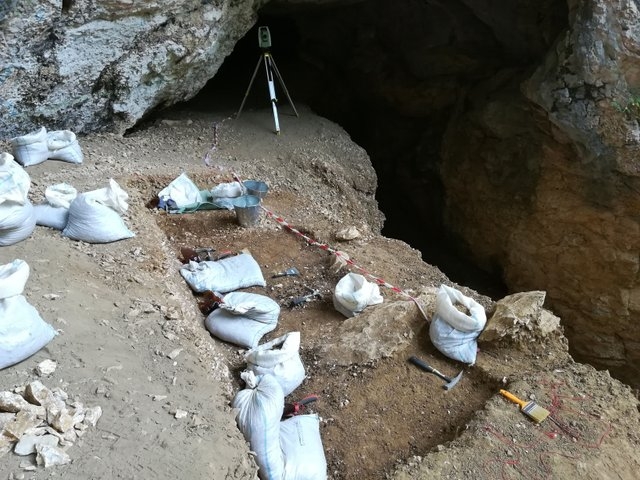Recent Discoveries in Tsutskhvati Cave
Located in the municipality of Tkibuli, Tsutskhvati Cave is a place of ongoing expeditions organized and carried out by International Archeological Expedition of the Georgian National Museum, which reports that new discoveries there show Paleolithic Era layers characteristic to Homo Sapiens.
The practical study of Tsutskhvati Cave began in the 20th century with an initiative put forward by the Geographical Institute of Georgian Science Academy.
In the years of 1970-71 and 1974-75, stone weapons and animal bones dating back 400 – 40 thousand years were found in the cave, giving stimuli to further investigations.
Near to Tsutskhvati Cave, in the so-called ‘Bronze Cave’, a molar of a Neanderthal child was discovered – recent findings claim that the tooth dates back to 50,000 BC.
Small scale expeditions took place in 1998-1999 and 2003-2004 and still, Tsutskhvati Cave, for the most part, was not studied fundamentally.
Multidisciplinary studies have been enforced since 2017 by the International Archeological Expedition of the Georgian National Museum, with the support of the Shota Rustaveli Georgian National Scientific Fund, under the scope of project “Neanderthals in the South Caucasus.”
Among the new discoveries, a site of a former settlement from the Chalcolithic Era was excavated in the “Bronze Cave”.
The scientific head of the expedition is Nikoloz Tsakaridze.
Tsutskhvati Cave is a protected territory; under the Rule on Protected Territories of the Ministry of Environmental Protection and Agriculture.
By Nini Dakhundaridze











